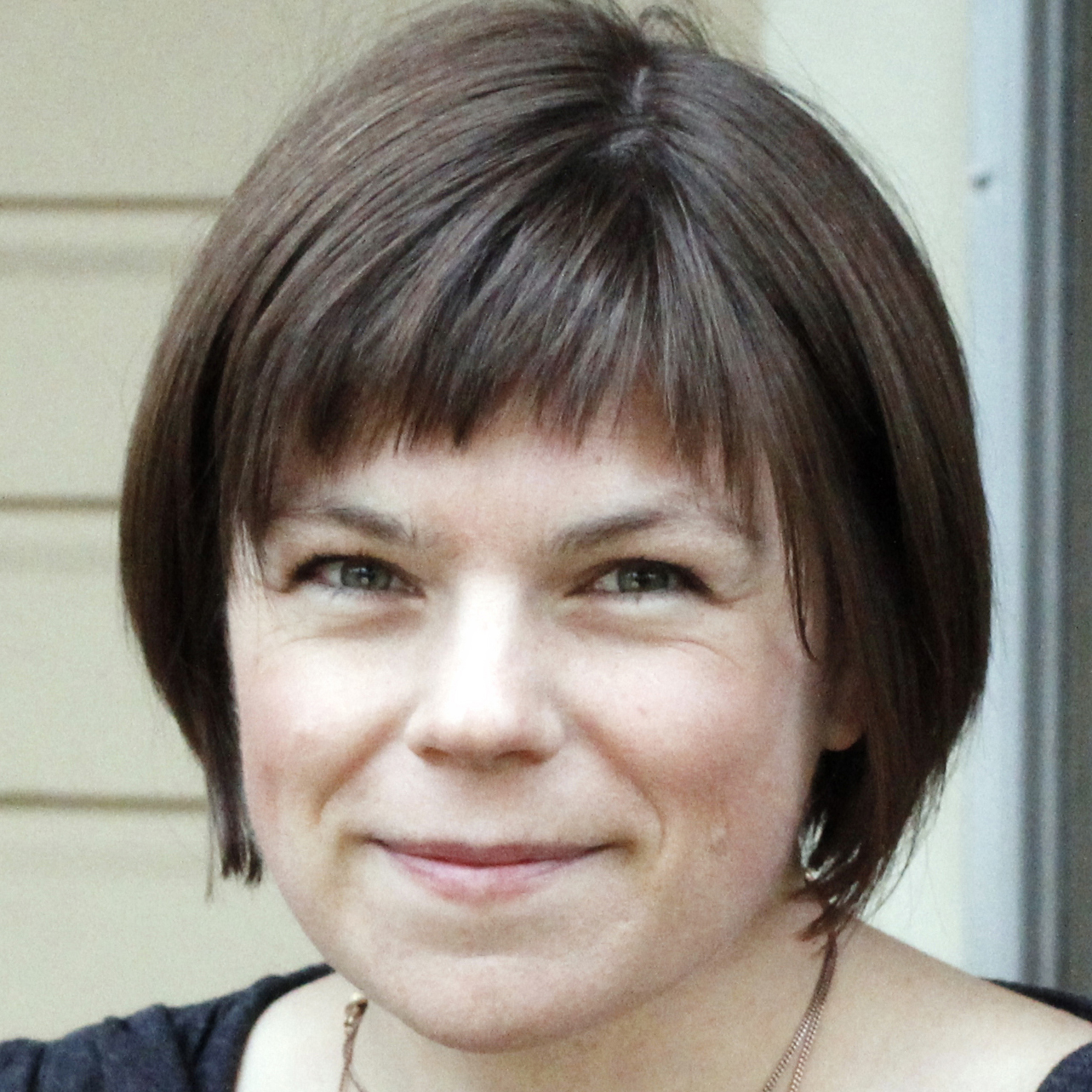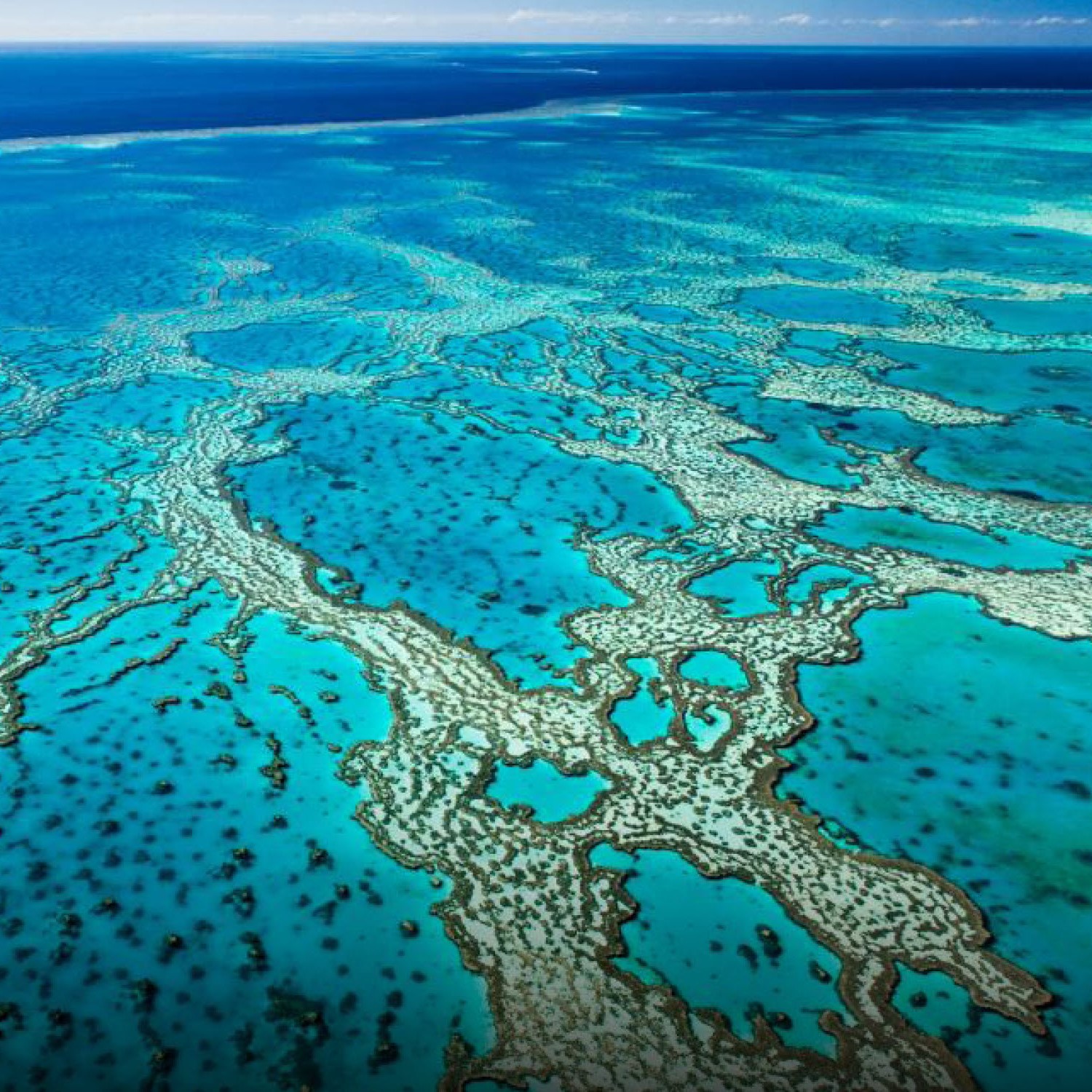
Member Since 2011
Julia L. Rosen
Professional Experience
Oregon State University
Education
Bachelors
2005
Honors & Awards
Walter Sullivan Award for Excellence in Science Journalism
Received December 2023
Citation
Independent journalist Julia Rosen trained as a geologist, but over the past decade, she has become an accomplished professional storyteller. Julia brings to all of her writing the research rigor of her scientific background, the clear vision of a sensitive observer and the lyricism of a poet. These skills combine to make her an exceptional communicator of complex, technical and abstract subjects. She has written gracefully about invasive earthworms, about the importance of the soil nutrient phosphorous, about bighorn sheep and genetically engineered chestnut trees and about climate grief. She is currently at work on a book about an often and unjustly overlooked plant: grass. This year, AGU joins others in recognizing Julia for her considerable talents, awarding her the Walter Sullivan Award for Excellence in Science Journalism for her story “Catching Crabs in a Suffocating Sea,” published in Hakai Magazine in March 2022.
Julia began pursuing this story, which covers climate-exacerbated ocean oxygen loss, while working as a science reporter for the Los Angeles Times. She had decided to center her work on climate change, but rather than focus solely on the problem, as so many journalists do, she felt strongly that each of her articles should contain some element of a solution. After all, many climate impacts are now locked in, and all of us must find ways to live in the world as it will be. An Oregon state fisheries official told Julia about an effort to enlist crab fishermen to collect data on oxygen-poor swaths of the ocean off the West Coast that have proven deadly for marine life. The sensors they used also held promise for allowing crabbers to identify and avoid these dead zones — a valuable tool that could help preserve a culturally and economically important fishery. Ultimately, Julia spent 24 hours at sea with an Oregon captain and his crew, observing the difficulties and beauties of crabbing and the operation of one of the oxygen sensors in real time. “Perhaps,” as Julia writes in the award-winning piece, “this is what adaptation looks like: empowering people, one by one, to navigate an uncertain future.”
— Sarah Gilman
Independent writer, illustrator, and contributing editor at Hakai Magazine and bioGraphic
Julia began pursuing this story, which covers climate-exacerbated ocean oxygen loss, while working as a science reporter for the Los Angeles Times. She had decided to center her work on climate change, but rather than focus solely on the problem, as so many journalists do, she felt strongly that each of her articles should contain some element of a solution. After all, many climate impacts are now locked in, and all of us must find ways to live in the world as it will be. An Oregon state fisheries official told Julia about an effort to enlist crab fishermen to collect data on oxygen-poor swaths of the ocean off the West Coast that have proven deadly for marine life. The sensors they used also held promise for allowing crabbers to identify and avoid these dead zones — a valuable tool that could help preserve a culturally and economically important fishery. Ultimately, Julia spent 24 hours at sea with an Oregon captain and his crew, observing the difficulties and beauties of crabbing and the operation of one of the oxygen sensors in real time. “Perhaps,” as Julia writes in the award-winning piece, “this is what adaptation looks like: empowering people, one by one, to navigate an uncertain future.”
— Sarah Gilman
Independent writer, illustrator, and contributing editor at Hakai Magazine and bioGraphic
Response
I am deeply honored to receive this year’s Walter Sullivan Award, whose past winners include both friends and idols. Before I became a journalist, I was a member of the AGU community. As a Ph.D. student at Oregon State University, I studied the gases trapped in polar ice cores to understand past climate changes. However, I gradually realized that my skills would be better put to use writing about science — and where science and society collide — than in conducting research. And that makes this award all the more meaningful to me. This story, in particular, is exactly the kind of thing I one day hoped to write when I set out to become a science journalist. It takes an important scientific subject — the loss of oxygen from the ocean as a result of climate change — and goes beyond a technical explanation to examine its profound impacts on society. The story also zooms in on this particular issue to highlight how climate adaptation is already underway and what it can look like. Of course, I was extremely lucky that researchers like Francis Chan had already started to think about the real-world implications of this problem when they came up with the idea of building oxygen sensors that could fit inside crab pots and provide crabbers with real-time oxygen data. I am grateful to Francis and his colleagues for sharing their work with me, as well as to Captain Dave Bailey and his crew for letting me tag along on an overnight fishing trip off the Oregon Coast (and for giving me helpful tips on coping with seasickness!). I also thank my wonderful editors at Hakai Magazine, Sarah Gilman and Jude Isabella, for giving this story a home and helping it become the best version of itself that I could make it.— Julia Rosen, Freelance journalist
See Details
Close Details
AGU Mass Media Fellow
Received January 2014
Outstanding Student Presentation Award
Received January 2011
Presentation Title: New insights on the phasing of atmospheric methane and temperature change during the Last Glacial Termination from the North Greenland Eemian (NEEM) Ice Core
Event: 2011 Fall Meeting
Awarding Section: Paleoceanography and Paleoclimatology
See Details
Close Details
Publications

Changes in the Isotopic Signature of Atmospheric Nitrous Oxide and Its Global Average Source During ...
Nitrous oxide (N2O) is a strong greenhouse gas whose mole fraction in the atmosphere has increased over the industrial period. We present a new set...
September 24, 2018

Atmospheric CO2 over the last 1000 years: A high-resolution record from the West Antarctic Ice Sheet...
We report a decadally resolved record of atmospheric CO
May 26, 2012
AGU Abstracts
Atmospheric methane variability through the Last Glacial Maximum and deglaciation mainly controlled by tropical sources
THE DEGLACIAL CARBON CYCLE: RECONCILING GREENHOUSE GAS RECORDS WITH MARINE AND TERRESTRIAL DATA POSTER
paleoceanography and paleoclimatology | 13 december 2024
Ben RiddellYoung, Julia L. Rosen, Edward J. Brook,...
Constraining the causes of past atmospheric methane variability is important for understanding links between methane and climate. Abrupt methane chang...
View Abstract
A new record of the methane inter-polar difference across the Last Deglaciation
ICE CORE RECORDS OF ENVIRONMENTAL CHANGE I
cryosphere | 14 december 2020
Ben RiddellYoung, Edward J. Brook, James E. Lee, J...
Ice core records of the difference in methane concentration between the Northern and Southern Hemispheres reflect the latitudinal distribution of atmo...
View Abstract
Determining the imprint of Heinrich Stadial 4 on the latitudinal distribution of methane sources using the inter-polar methane difference from the WAIS Divide and GISP2 ice-cores
FALL MEETING 2015
16 december 2015
Jon S. Edwards, Edward J. Brook, Christo Buizert, ...
View Abstract
Volunteer Experience
2020 - 2023
Member
Cowen Award Committee
Check out all of Julia L. Rosen’s AGU Research!
View All Research Now

